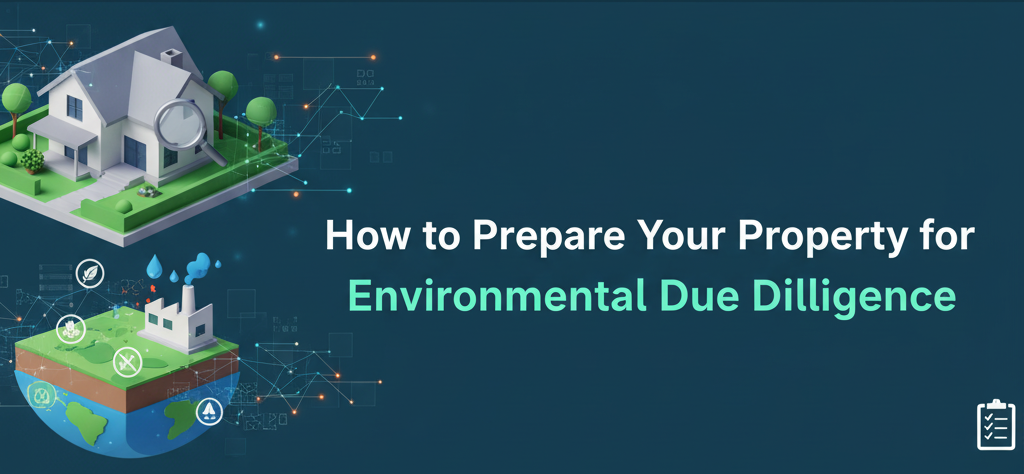Negative pressure provides a significant benefit to mold removal and mold remediation. It keeps spores within the air duct system, which helps prevent them from spreading through the rest of your home or facility.
The negative air pressure also prevents dust particles from entering the air system and exposing workers to harmful contaminants during mold remediation tasks such as air filtration, heat treatment, and paint removal.
In this article, we will discuss reasons why negative air pressure is essential to mold removal.
Containment of Contaminated Air:
Negative air pressure can contain the contaminated air that may have become trapped in mold remediation and removal projects. This is a great way to reduce the spread of contamination and control the spread of airborne contaminants.
Containment methods also provide a safer environment for all who work in these environments, reducing the risk of exposure to harmful toxins.
Improved Air Quality
When you have negative air pressure, fewer irritants in the air can cause or contribute to allergic reactions such as asthma or other breathing difficulties.
The negative air pressure also reduces the amount of dust and debris that can be present in your home or office and cause damage to your health and safety risks.
Prevention of Cross Contamination:
If you’re dealing with a mold infection, keeping the contaminated area separate from the rest of your house and other people is essential. This is done by having negative air pressure in your working room.
The negative air pressure will prevent any spores from being able to be transferred to other parts of the building or even into your lungs. If there is no negative air pressure in the room where you work, then spores can quickly move around and get into areas they shouldn’t be.
Protection of Workers and Building Occupants
If there is no negative air pressure in the room where you work, then people exposed to mold spores could get sick from breathing them in or inhaling them through their skin as they come into contact with them.
This can cause people who have weak immune systems or those who are very young children to become very sick if they get exposed to these spores at all. If this happens, it can lead to various illnesses, including flu-like symptoms such as fever, headache, muscle aches, and fatigue.
In some cases, this could lead to more severe illnesses like pneumonia which is caused by breathing.
Effective Capture of Mold Spores and Particles:
Mold spores are the main component of mold and must be removed during a remediation process. The removal of mold spores is vital for the safety of your home, as well as for the health and well-being of family members.
The negative air pressure used to remove mold from your home will help capture these spores so that they can be disposed of properly. This is one reason why negative air pressure is essential to mold removal/mold remediation.
Improved Visibility During Remediation:
When you have a negative air pressure system, it will help to create a cleaner work environment so that you can see into walls, ceilings, and other areas where mold or water damage may present. This will help you know when you need to proceed with further remediation efforts to prevent any development problems from occurring later on down the road.
Wrapping Up
The negative pressure approach to mold removal should be used whenever possible. It is more effective, cleaner, and safer for all involved.
These methods result in less mold growth and a more successful remediation project overall. They will also minimize the potential for pollutants to be spread throughout the home or business.
It is not always possible to use these methods for reasons such as time restraints, weather, the possibility of re-contamination, heat damage to surfaces, or other reasons (back-drafting). However, whenever such conditions are not present negative pressure should be used when remediation work is contemplated.


